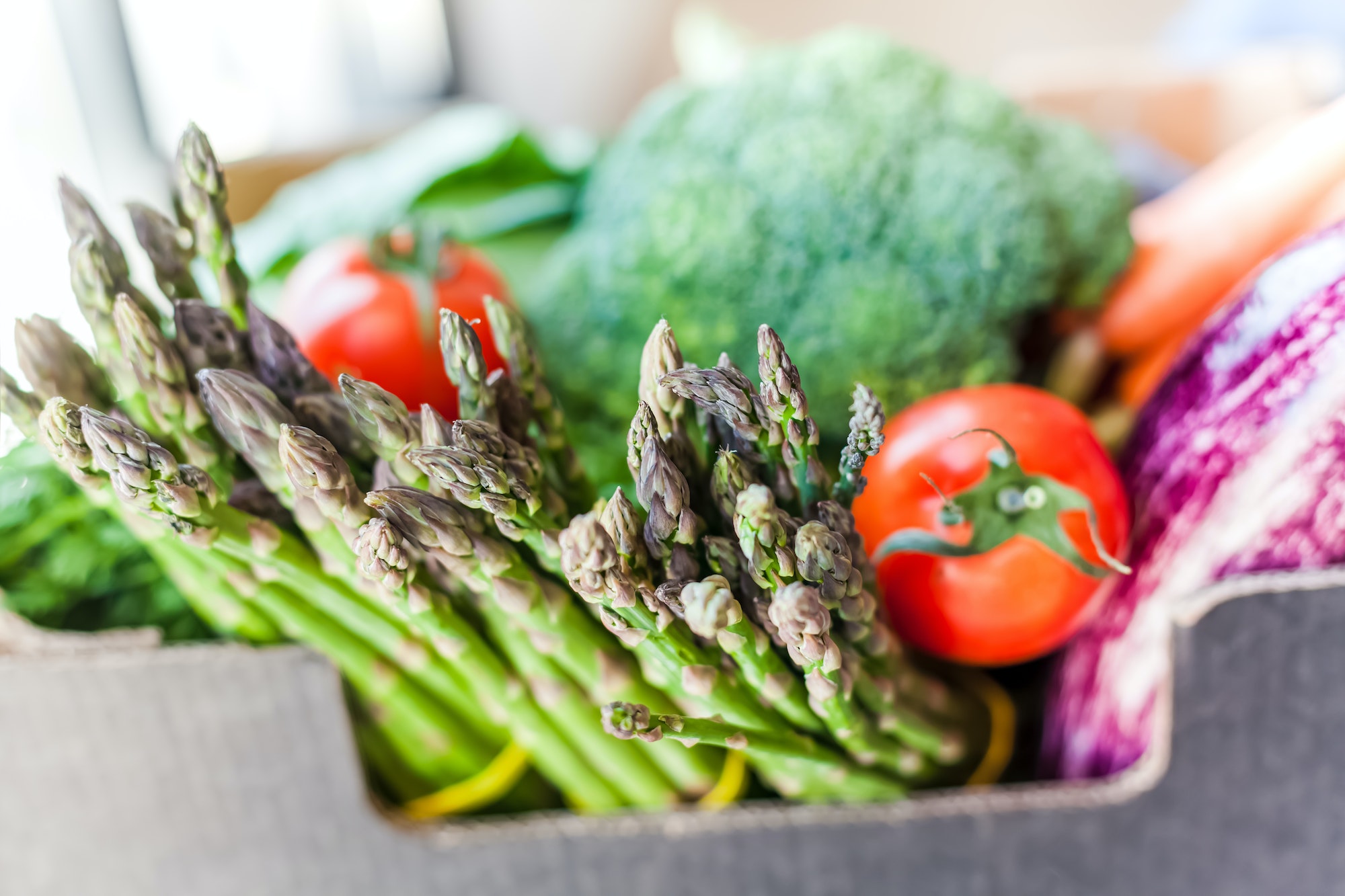Ever notice how fruit and vegetable stands or freezer aisles in grocery stores can be such a “mixed bag?” Many of us can buy everything from apples and avocados to yams and zucchini all year long. In warmer months, many of us also see an increase in the availability and variety of many fresh fruit and vegetables. Some are grown here in the U.S., but many are imported from other parts of the world.
This brings me to pondering a bit how all of these foods, grown on many different farms all over the world, are monitored for pesticide safety—the regulated use of pesticides and the subsequent residues (trace amounts) that can remain on produce once it reaches the consumer.
Safety in Your Salad Bar
I didn’t randomly come up with this “pondering exercise”: It was sparked when I was recently invited to the California Specialty Crops Council’s MRL Harmonization Workshop in San Francisco. Sunny California has more than 75,000 farms and produces over 400 commodities, so it’s a great place to hold a forum on fruit and vegetable production safety. MRLs are the “maximum residue limits” set for pesticide residues for all food. At this workshop I met strawberry, almond, cherry, citrus, walnut, pomegranate, pulse and pistachio farmers, to name just a few. I also heard about the work farmers are doing to uphold the federal safety standards, established by the Environmental Protection Agency (EPA), that limit and monitor the amount of pesticide chemical residues that can remain on food post-harvest. This includes foods that are both grown in the United States or imported from other countries. You may gasp at the idea of pesticides lingering on your beautiful pineapple (from Mexico or Hawaii), kiwi (from Chile or California), or squash (from Georgia or Michigan) after it is harvested and transported to your local market. But hear me out before you let your jaw drop.
Better Homes and Gardens?
For both organic and conventionally grown fruits and, EPA-approved pesticides are used to ward off insects, weeds, fungi and other pests. However, while these substances are designed to be harmful to pests, they must be used in a manner that protects the safety of those who will consume them (humans and animals).The EPA establishes tolerances, or maximum pesticide residue levels, that are permitted in or on a food in the United States. Most of these include raw agricultural commodities such as fruits and vegetables in their whole, unpeeled or unprocessed form, but there are also tolerances for meat, poultry and some egg products. The EPA has also established a “preventive control program” to regulate and monitor pesticides by licensing pesticide applicators, conducting inspections and enforcing labeling provisions.
Agency Food Shuffle
But EPA’s regulation of pesticide use isn’t the last step in getting safe fruits and veggies to your plate—the Food and Drug Administration (FDA) and U.S. Department of Agriculture (USDA) carry pesticide food safety into the homestretch. The FDA enforces EPA tolerances for domestic foods shipped in interstate commerce (across state boundaries) or imported into the United States. Meat, poultry, catfish and certain egg products are monitored and regulated by the USDA.FDA’s strategy to enforce EPA tolerances is threefold:
- Monitoring pesticide residues on foods by selectively testing a broad range of imported and domestic commodities for approximately 700 pesticides
- Performing sampling surveys of specific commodities for pesticide residues of special interest
- Analyzing foods prepared for consumption for residues in its Total Diet Study (TDS), a program that monitors contaminants and nutrients in the average U.S. diet
USDA’s strategy includes the Pesticide Data Program (PDP), which was established in 1991 to test for pesticide residues in both fresh and processed fruit and vegetables, grains, dairy, meat, poultry, and other specialty food items such as honey, corn syrup, infant formula, fish and nuts. The program also includes organic fruit and vegetables. In some cases, data gathered by USDA can be used to inform FDA. The PDP’s testing summaries consistently show that “overall pesticide residues found on foods tested are at levels below the tolerances established by EPA and do not pose a safety concern.”
Feelin’ Super About Supper
Now you know a bit more about MRLs and how they are set and enforced by federal agencies to help ensure that the nation’s food supply remains safe. As a large nation with such a diverse food supply, it can be helpful and reassuring to learn more about the practices farmers and regulators put into play to give consumers the safe and nutritious foods they need and deserve.
Source Link – https://www.foodinsight.org/what-are-mrls-maximum-residue-limits-pesticides
If you liked the article, check out Food Additives and Ingredients: Resources You Can Use




